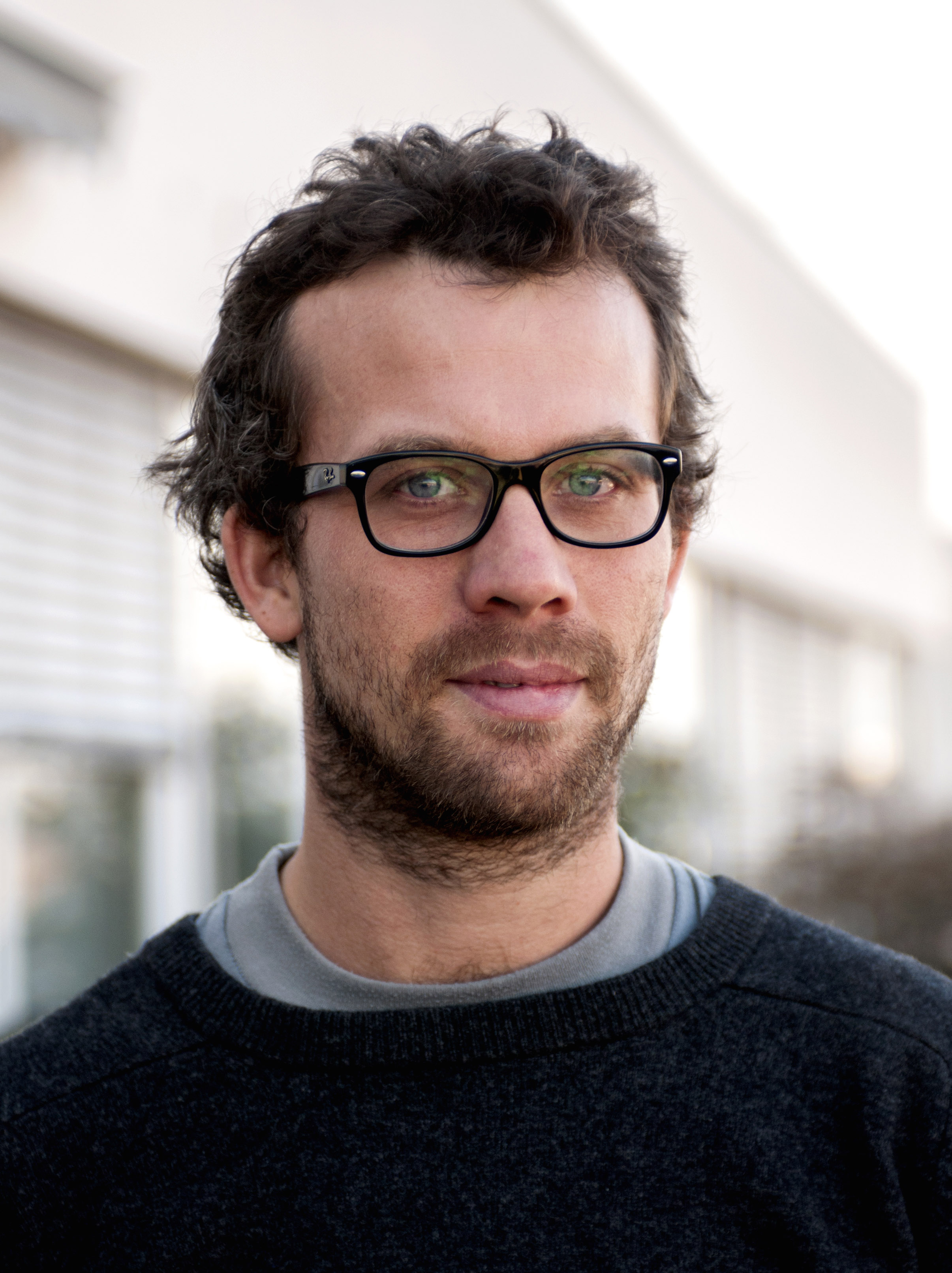Assistant Professor
Strategic program(s):
Research aim
Our research focusses on understanding how cells with the same genetic material can give rise to a multicellular organism containing numerous different cell types with highly specific functions.
Go to group
